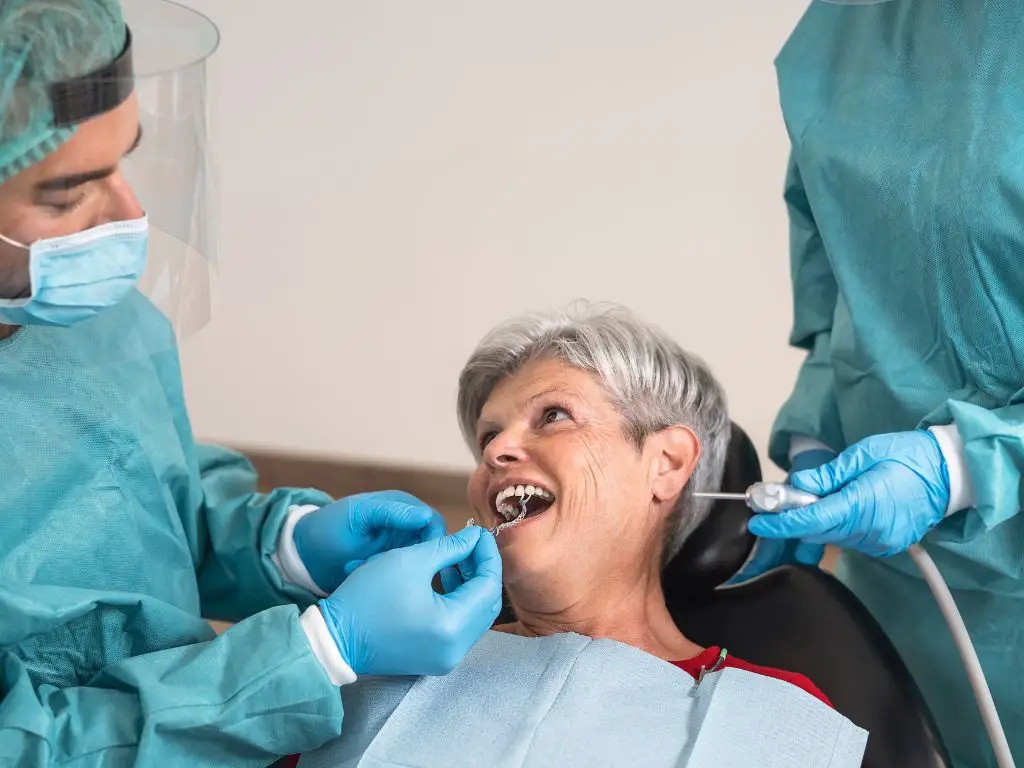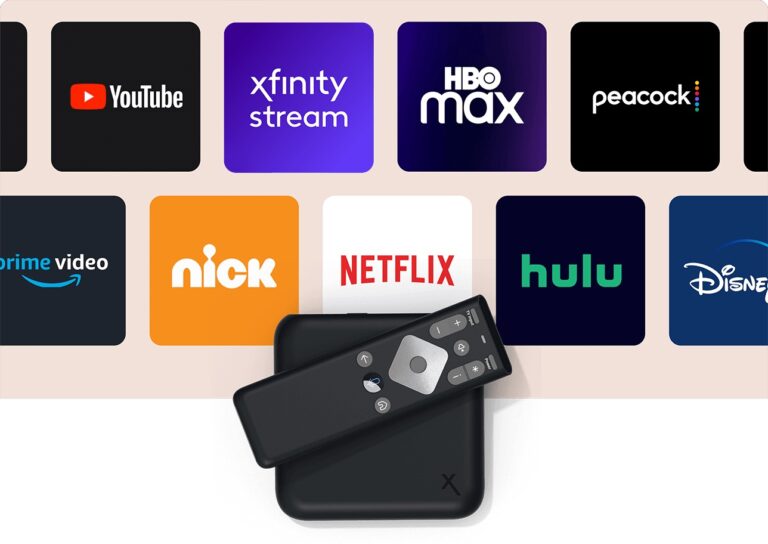Dental Discounts for Seniors: How to Get Affordable Dental Care
As we age, maintaining good oral health becomes increasingly important to ensure a happy and healthy life. However, the rising costs of health care can pose a significant barrier to accessing the necessary treatments. Fortunately, there are various dental discounts for seniors available, so there are ways to obtain affordable dental care.
Why is dental care so expensive? Dental care costs can be high due to the complexity of treatments, the expertise and training required for practitioners, and the costs of running a dental practice.
Prices can also increase for more extensive treatments like root canals, crowns, implants, or orthodontic work. Lack of insurance further heightens out-of-pocket costs.

Why Is Dental Care Important for Seniors?
As oral health is intricately connected to our overall well-being in old age, seniors’ dental care becomes very important for various reasons. Poor dental health can lead to a host of serious issues, including tooth decay, gum disease, and even tooth loss. Moreover, research has shown a strong correlation between oral health and various systemic conditions, such as heart disease, diabetes, and respiratory infection.
For older people who may already be managing other health challenges, neglecting oral health can exacerbate existing conditions and compromise their immune system. Additionally, these problems can impair the ability to eat, speak, and socialize, taking a toll on their self-esteem and mental health. Once all of these aspects are taken into account, it becomes clear that prioritizing this type of care is an essential aspect of aging gracefully and enjoying a higher quality of life.
How Much Does Dental Care Cost?
Dental care expenses can vary significantly depending on the type of treatment, location, and specific provider. While routine procedures such as check-ups, cleanings, and fillings can already put a strain on many people’s budgets, the expenses can quickly escalate when more extensive treatments, such as root canals, crowns, implants, or orthodontic work, are required.
For those without insurance, the out-of-pocket costs can be particularly burdensome, leading some individuals to postpone necessary treatments or forego the procedure altogether. As a result, access to dental affordability remains one of the most important considerations for a substantial portion of the US population.
Here’s an overview of the most common procedures and the average cost of each one, according to the American Dental Association:
| Procedure | Average Cost |
| Maxillary (Complete Denture) | $1,800 |
| Porcelain Veneers | $1,300 |
| Porcelain or Ceramic Crown | $1,300 |
| Endodontic Therapy | $1,100 |
| Apicoectomy | $800 |
| Gingivoplasty or Gingivectomy | $350 |
| External Whitening | $300 |
| Full Mouth Debridement | $200 |
| Simple Extraction | $200 |
| Routine Teeth Cleaning | $100 |
Types of Dental Discounts for Seniors
Accessing affordable care can be a pressing concern, especially for seniors who are often faced with limited financial resources and specific healthcare needs. Luckily, there is a wide range of dental savings programs and dental plans available. Here are some of the best-known ones:
- Medicare Dental Coverage – while Medicare doesn’t include comprehensive dental care coverage, such as cleanings, fillings, and dentures, certain services closely related to medical procedures that are insurance-covered may be eligible for payment under Original Medicare,
- Medicaid Dental Coverage – Medicaid’s provision of coverage for adults aged 21 and older varies from state to state, as each one has the option to determine whether to offer free dental care for seniors or not,
- TRICARE Dental Coverage – the health care program of the US Military offers a voluntary plan for eligible individuals, including family members of active-duty service members, as well as National Guard or Reserve members,
- VA Dental Coverage – the US Department of Veterans Affairs offers low-cost dental care for qualified veterans through clinics located at over 200 facilities across the country,
- AARP Dental Discounts – the American Association of Retired Persons provides various senior dental plans with cost-effective dental care.
How to Find Dental Discounts for Seniors
As previously mentioned, seniors relying on Medicare often discover that their coverage is limited to emergency medical needs, such as extracting a decayed tooth. As a result, it becomes crucial to explore low-cost solutions and senior dental discounts, enabling them to save money on services.
In addition to exploring the aforementioned programs, there are several other avenues worth considering to access affordable dental care:
- Dental schools – if you reside near a university or community college, it’s a good idea to inquire about their programs, as these institutions often require students to gain practical experience with real patients as part of their curriculum and offer low-cost or even free dental care for seniors and individuals in need,
- Clinical trials – organizations such as the National Institute of Dental and Craniofacial Research (NIDCR) regularly conduct studies that focus on specific conditions and volunteering for such a study can be a great way to save money and get a discount,
- Financial assistance programs – some dentist offices participate in programs for seniors through state or federally-funded initiatives, and eligible seniors seeking may be covered through grants and other funding sources,
- Payment plans – make sure to speak with your providers about the possibility of setting up payment plans for extensive treatments, as many dentists are willing to work out affordable payment options for their patients,
- Prescription discount cards – seniors can also save on expenses by using prescription cards that provide discounts on medications frequently prescribed after oral procedures.
Conclusion
In conclusion, seniors can find affordable alternatives by exploring various options, such as Medicare Supplement Plans or Medicaid benefits. Additionally, they can consider VA services, AARP discounts, or participating in studies. By taking proactive steps and utilizing available resources, seniors can prioritize their oral health and enjoy a better quality of life.
Frequently Asked Questions
-
Why does dental cost so much?
Although most Americans are able to afford simple procedures such as cleanings and fillings, dental care becomes more expensive with each step. TMJ surgery, root canals and bridges can all cost thousands, with insurance covering only a small portion.
-
Are dental discount plans tax deductible?
Dental discount plans do not qualify for tax deduction.
-
Why do dental crowns cost so much?
Crowns can cost between $1,500 and 1,500. Crowns can cost up to 3 times more than fillings. They are more expensive because the dentist has to spend more and provide a more durable, permanent, and aesthetically pleasing restoration.
-
Are tooth implants tax deductible?
Yes. Dental Implants can be tax deductible according to IRS. Deductible medical expenses could include, but not limited to, payments to dentists and surgeons as well as fees paid to psychiatrists, psychologists, non-traditional medical practitioners, or doctors.
-
How do I get free dental treatment NZ?
You can receive free or very low cost emergency treatment for tooth pain, infection or other conditions if you hold a Community Services Card. You can have the work done in the hospital, or contracted dentists by the District Health Board. If you are already admitted to hospital, it is free.
-
Why are dentists suicidal?
Although the suicide rate of dentists is declining, there is no consensus on current methods. The factors that contributed to dentist suicide included known stressors in the workplace, toxins, substance abuse and mental disorders.
-
What dental expenses are not tax deductible?
You cannot deduct dental and medical payments for teeth whitening. Pet fees. Cosmetic surgery is not allowed unless necessary for the correction of a defect or injury from trauma or accident. Income protection and life insurance policies.
-
What is iDental?
United Concordia Dental is a leading dental company for more than 40 years. It is not dental insurance. This discount dental plan allows you to get discounts on dental services such as cleanings, exams and X-rays.
-
Is Carefree Dental Card worth it?
The Carefree Dental Card could help you save money every time that you visit the dentist. Consider that a visit to the dentist could easily run you $1,000-$2,000. The Carefree Dental Card starts at $15.95/month. Single and single, $19.95/mo.
-
How does Aetna dental savings plan work?
You can get discounts for almost every type of treatment and service you receive from Aetna’s network of providers if you select the dental-only option. Aetna also offers prescription discounts and dental savings, so you can get discounts on many generic medications.
-
What is the difference between PPO and Premier?
Delta Dental PPO (PPO Network) is where participating dentists agree to lower costs and full payment. Delta Dental PPO members will enjoy the lowest out of pocket costs. Delta Dental Premier, a managed fee for service network that dentists accept as payment, is where a maximum plan allowance is paid in full.
-
Can I combine a dental discount plan with dental insurance?
Your dentist will decide if you are able to combine your dental insurance and their discount dental plan. Some dentists allow you to use your discount dental plan once your annual maximum has been reached.
-
How much does root canal cost in NZ?
WHAT IS THE COST OF DENTAL ROOT CATAL CARE? Root canal treatments will cost around $400. Up to $600 for the front teeth and approximately $500. To $800
-
How much is a root canal?
A root canal treatment for a front tooth costs about $1,000. For bicuspids it is approximately $1,100. The back molars are more difficult to clean and reach. These teeth are the most expensive for root canal treatment. The average cost is $1,300 to $ 1,600.
-
What state has the highest dental cost?
The lowest percentage of Rhode Island’s population that couldn’t afford additional dental care due to cost is 37.00%. This compares with 74.00% in Georgia which has the highest rate at 74.00%.







